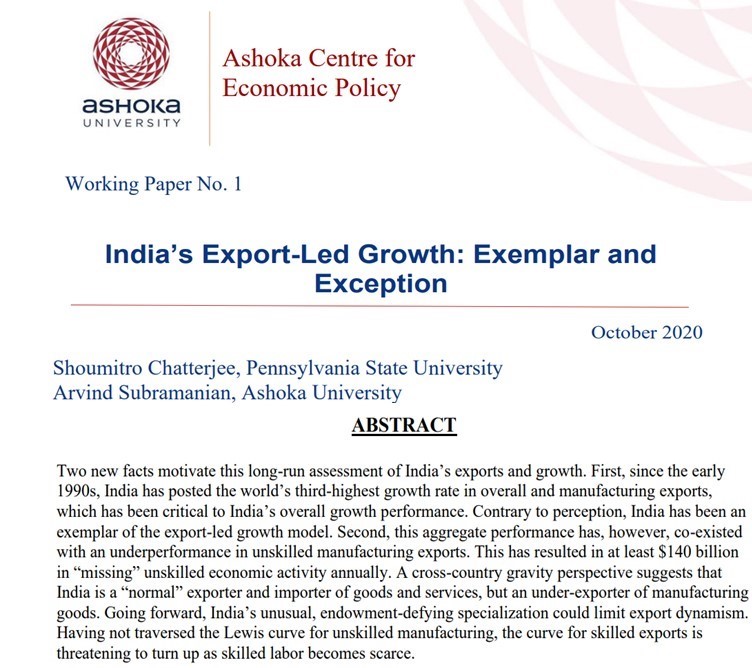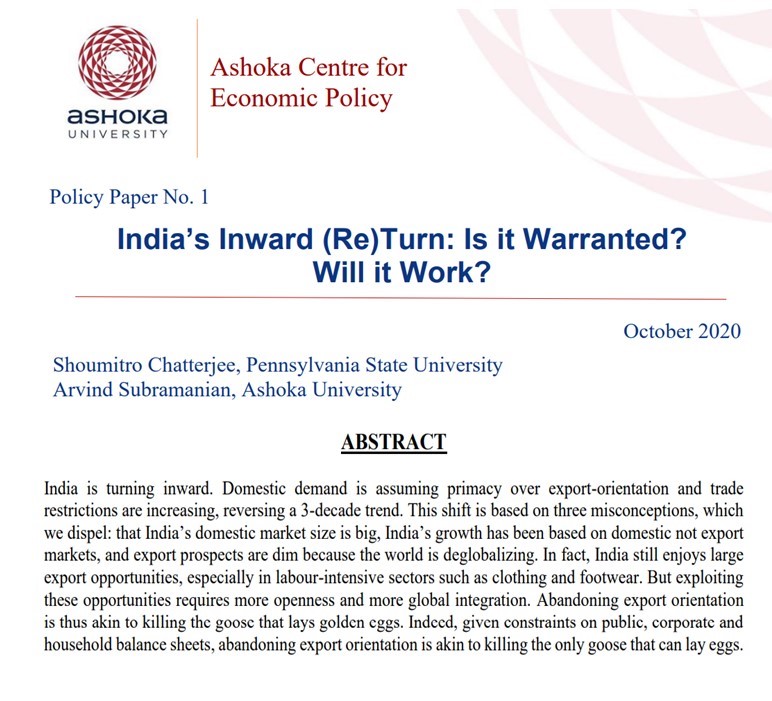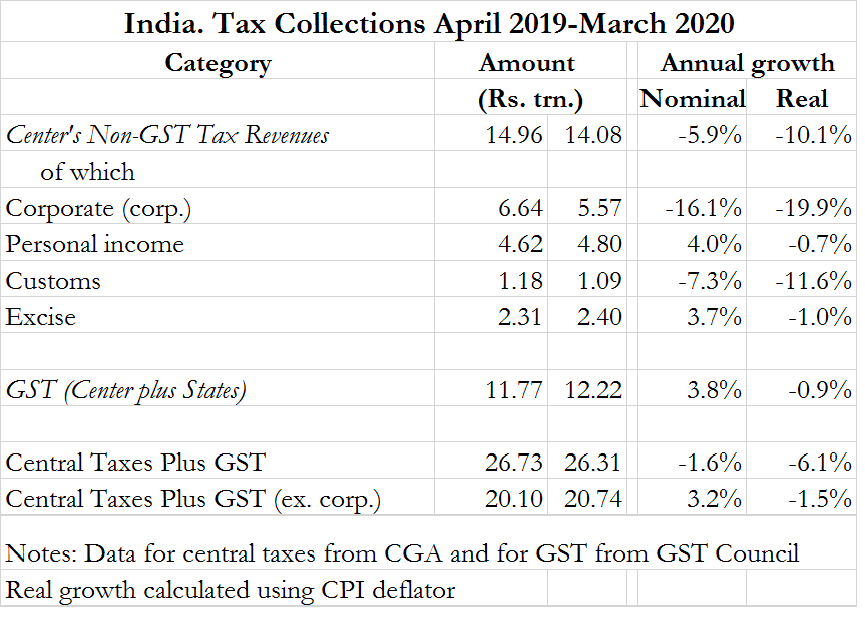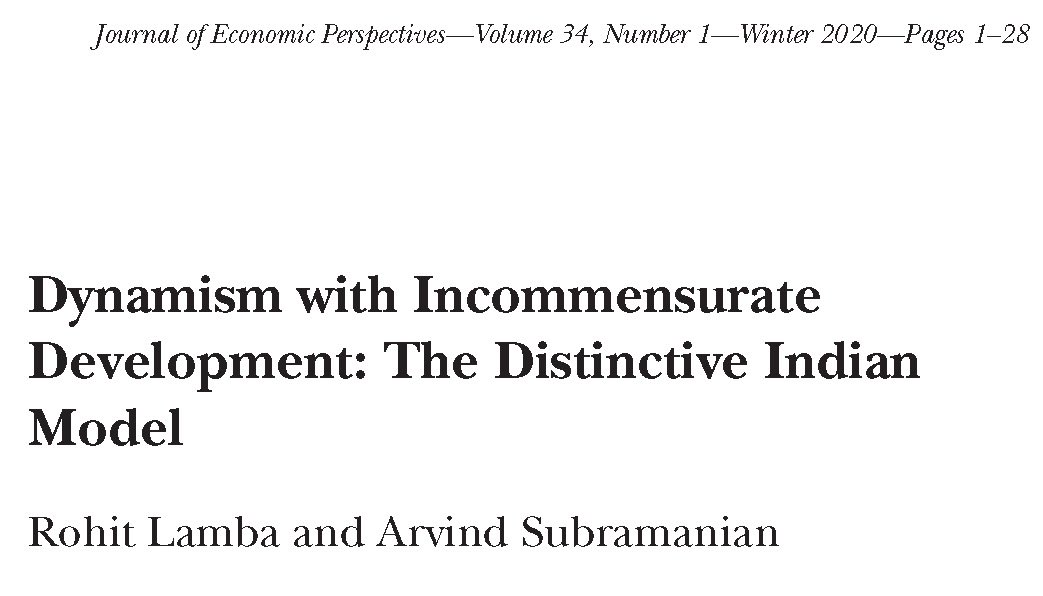
1/ The India-vs.-Bangladesh GDP per capita comparison (post @IMFNews WEO) has sparked anxiety & acrimony
But wrong numbers being compared
NO, on more appropriate metric, India has not been surpassed and, according to IMF, unlikely to be in near future

But wrong numbers being compared
NO, on more appropriate metric, India has not been surpassed and, according to IMF, unlikely to be in near future

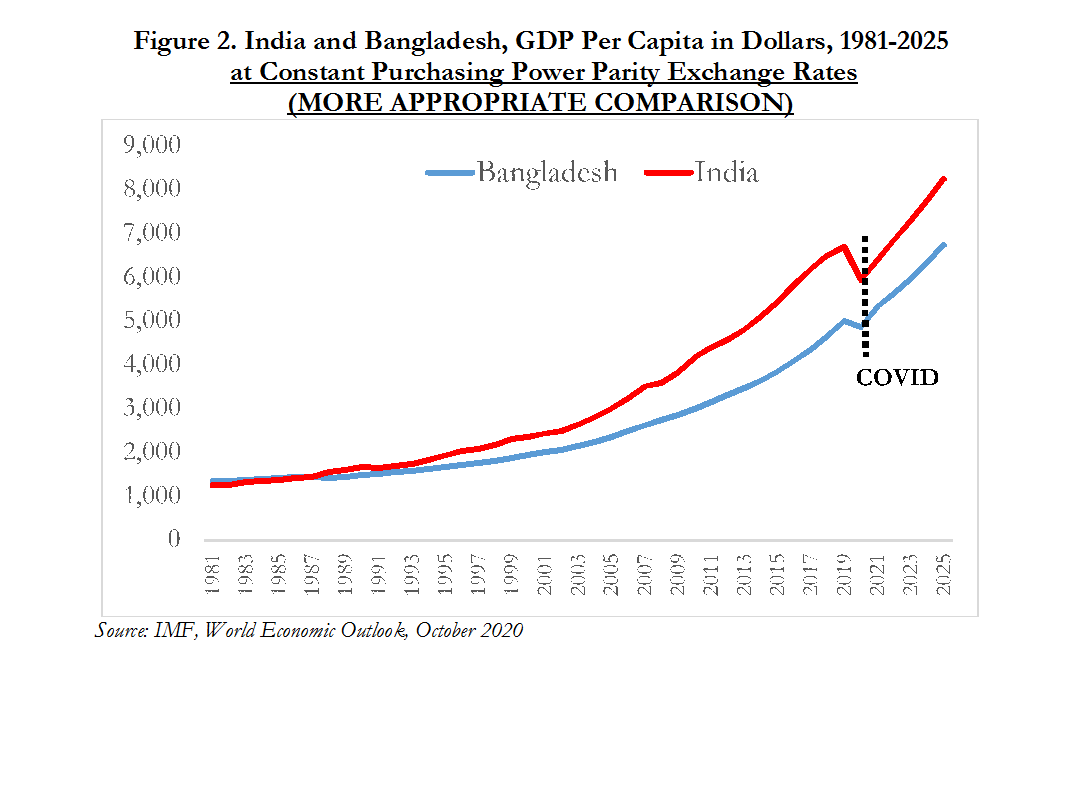
2/ GDP per capita is an *estimate* for one *indicator* of the average standard of living/welfare in a country
Note the 2 caveats, it is only one indicator, there are many others (eg. human development index)
and even as that indicator, GDP can be measured in many ways
Note the 2 caveats, it is only one indicator, there are many others (eg. human development index)
and even as that indicator, GDP can be measured in many ways
3/ We need to measure "real" GDP in local currency after taking out effects of inflation and
Then, convert all local currency estimates of real GDP into comparable dollars
Many ways of doing this (IMF has 3, World Bank has 4)
Then, convert all local currency estimates of real GDP into comparable dollars
Many ways of doing this (IMF has 3, World Bank has 4)
4/ All the focus has been on comparisons based on GDP measured at current, market exchange rates
This yields "conclusion" of Bangladesh eclipsing India
But market exchange rates not appropriate for welfare comparisons across time & countries because
This yields "conclusion" of Bangladesh eclipsing India
But market exchange rates not appropriate for welfare comparisons across time & countries because
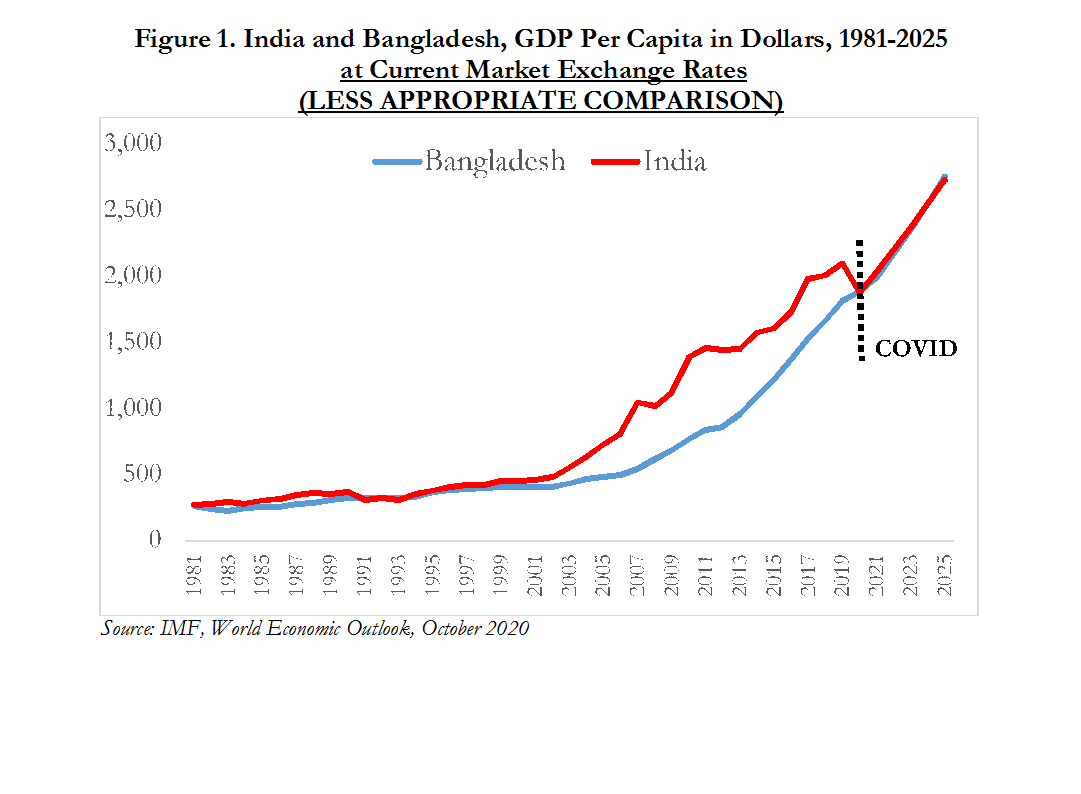
5/ they may not adequately reflect domestic inflation and/or productivity growth
More appropriate basis is GDP at constant, purchasing power parity (PPP) exchange rates
This shows India ahead &, despite COVID's more adverse impact in 2020, likely to remain so
More appropriate basis is GDP at constant, purchasing power parity (PPP) exchange rates
This shows India ahead &, despite COVID's more adverse impact in 2020, likely to remain so

6/ BUT important caveats
IMF's historical numbers are themselves based on countries' local currency GDP estimates which are subject to uncertainty for both India and Bangladesh:
And IMF forecasts can also be off:
IMF's historical numbers are themselves based on countries' local currency GDP estimates which are subject to uncertainty for both India and Bangladesh:
https://twitter.com/justinsandefur/status/1189225224673386497?lang=ca
And IMF forecasts can also be off:
https://twitter.com/DaveEvansPhD/status/1317165193609269248
7/ And important policy lessons
India has no room for complacency
It was slowing pre-Covid: hks.harvard.edu/centers/cid/pu…
And Covid impact severe: for example, India will return to pre-covid *LEVEL* of real per capita GDP only in 2022, 3 lost years
India has no room for complacency
It was slowing pre-Covid: hks.harvard.edu/centers/cid/pu…
And Covid impact severe: for example, India will return to pre-covid *LEVEL* of real per capita GDP only in 2022, 3 lost years

8/ Finally
Bangladesh's performance over last 2 decades-on growth, manufacturing exports, & range of social indicators such as fertility, female labour participation, fin'l inclusion-has been remarkable
Bangladesh is a miracle-in-the-making offering development lessons for all
Bangladesh's performance over last 2 decades-on growth, manufacturing exports, & range of social indicators such as fertility, female labour participation, fin'l inclusion-has been remarkable
Bangladesh is a miracle-in-the-making offering development lessons for all
• • •
Missing some Tweet in this thread? You can try to
force a refresh


